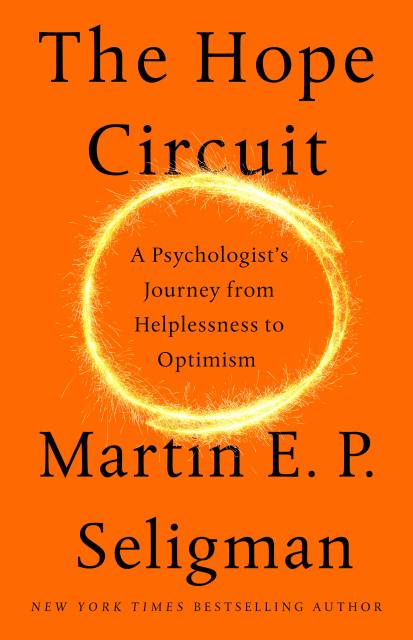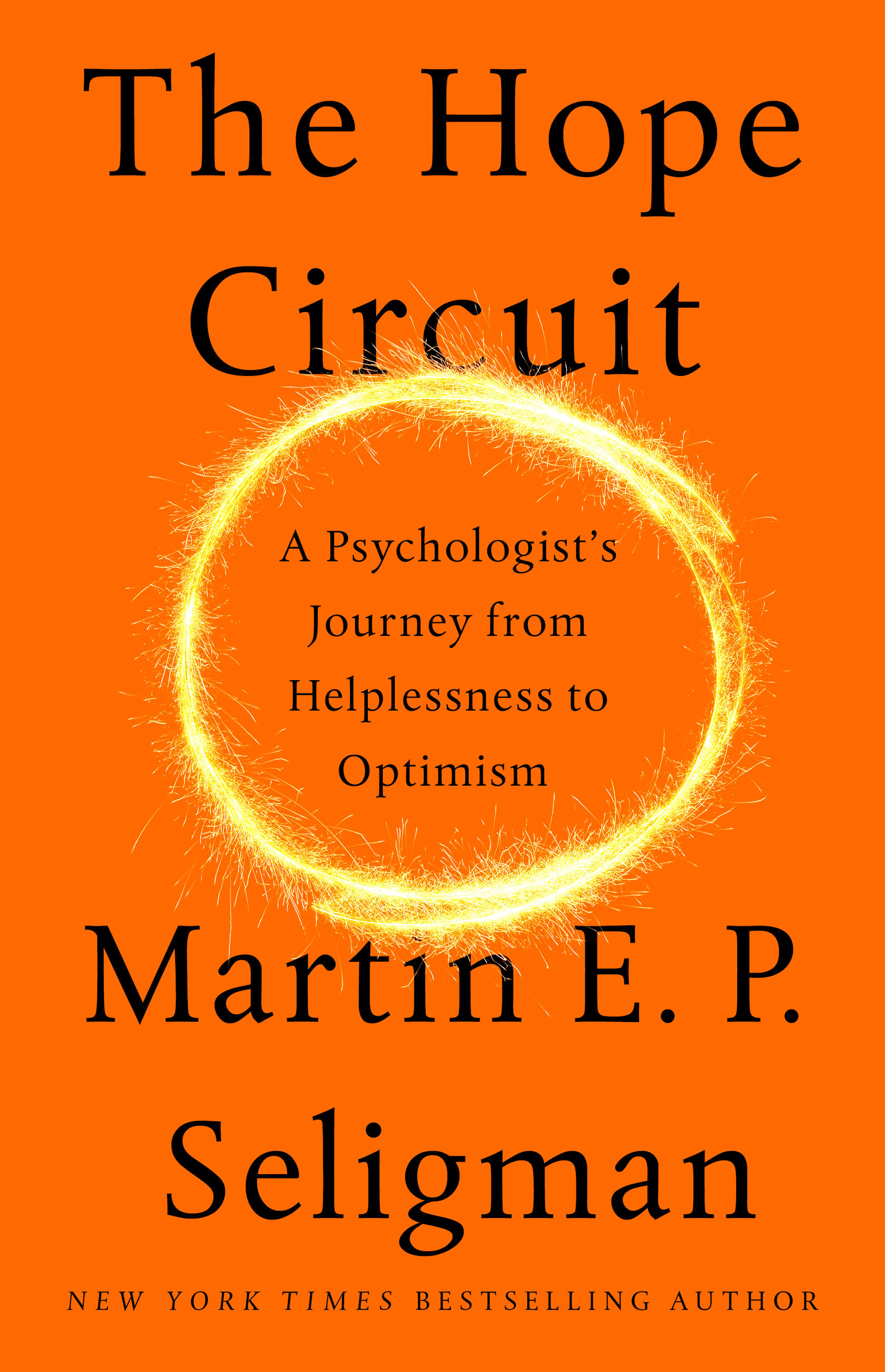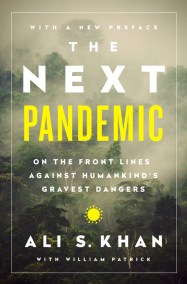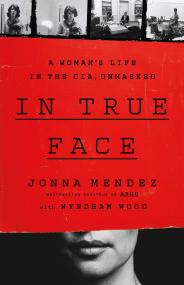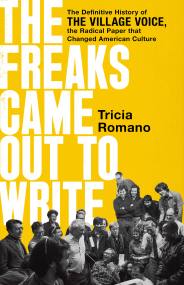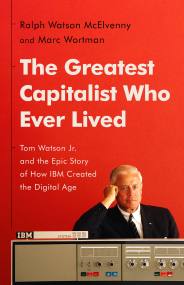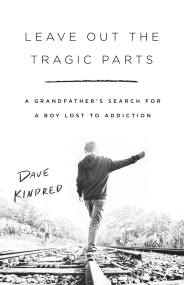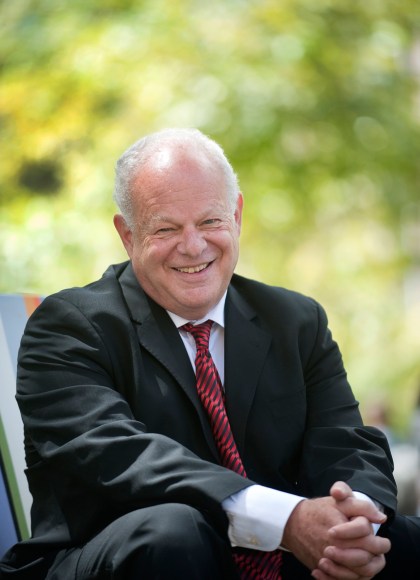Promotion
Use code MOM24 for 20% off site wide + free shipping over $45
The Hope Circuit
A Psychologist's Journey from Helplessness to Optimism
Contributors
Formats and Prices
Price
$17.99Price
$22.99 CADFormat
Format:
- ebook $17.99 $22.99 CAD
- Hardcover $30.00 $38.00 CAD
- Audiobook Download (Unabridged)
This item is a preorder. Your payment method will be charged immediately, and the product is expected to ship on or around April 3, 2018. This date is subject to change due to shipping delays beyond our control.
Also available from:
When Martin E. P. Seligman first encountered psychology in the 1960s, the field was devoted to eliminating misery: it was the science of how past trauma creates present symptoms. Today, thanks in large part to Seligman’s Positive Psychology movement, it is ever more focused not on what cripples life, but on what makes life worth living — with profound consequences for our mental health.
In this wise and eloquent memoir, spanning the most transformative years in the history of modern psychology, Seligman recounts how he learned to study optimism — including a life-changing conversation with his five-year-old daughter. He tells the human stories behind some of his major findings, like CAVE, an analytical tool that predicts election outcomes (with shocking accuracy) based on the language used in campaign speeches, the international spread of Positive Education, the launch of the US Army’s huge resilience program, and the canonical studies that birthed the theory of learned helplessness — which he now reveals was incorrect. And he writes at length for the first time about his own battles with depression at a young age.
In The Hope Circuit, Seligman makes a compelling and deeply personal case for the importance of virtues like hope, gratitude, and wisdom for our mental health. You will walk away from this book not just educated but deeply enriched.
Genre:
-
"Here is a major thinker who sees deeply into human nature and tells a good story. In The Hope Circuit, Marty Seligman displays both these gifts. This book is his best writing and thinking yet."Angela Duckworth, CEO of the Character Lab andbestselling author of Grit
-
"Martin Seligman is renowned for his contribution to the field of positive psychology-and in this thought-provoking and surprisingly candid memoir, he explains how hard-won his wisdom has been."Gretchen Rubin, author of The Happiness Projectand The Four Tendencies
-
"Martin Seligman is an intellectual giant, and readers will look to his memoir The Hope Circuit for secrets to his phenomenal impact as a scholar. What they will find is a deeply human story of his own struggles, hopes and ideas, told in an inspiring way. The Hope Circuit is more than an autobiography; it is handbook for each of us to build a life dedicated to human flourishing."Arthur C. Brooks, PhD, President of the AmericanEnterprise Institute
-
"The Hope Circuit is a masterful blend of memoir and recent intellectual history-specifically, the history of trying to understand how we can live richer and more meaningful lives. This book could only have been written by someone who has played a vital role in that inquiry, cares passionately about it, and has the literary skill to carry that passion onto the page. The result is a vivid, bracing and sometimes poignant story of unfolding synergy between a psychologist's life and his work."Robert Wright, author of Why Buddhism is True
-
"For half a century Martin Seligman has enlightened and inspired students of the human mind with his arresting findings and his visionary insights. He has been unafraid to plumb the dark recesses of the psyche, but just as bold in illuminating our better angels. This book combines a history of psychology by a man who shaped it, an explanation of powerful ideas about mental life, and a delightfully candid and reflective memoir."Steven Pinker, Johnstone Professor of Psychology,Harvard University, and the author of How the Mind Works and EnlightenmentNow
-
"In this revealing memoir, the founder of the Positive Psychology movement recounts the experiences that shaped his work - from early childhood through his academic studies and research to the present. Martin Seligman has transformed the field of psychology to the benefit of all of us. It is fascinating to read the story of how he did that."Andrew Weil, MD, author of SpontaneousHappiness and Eight Weeks to Optimum Health
-
"One of our most important psychologists alive takes us on a surprising personal journey-through his own highs and lows, twist and turns, overcoming tremendous obstacles to discover some of the most groundbreaking and iconic concepts in psychology. For a time his concept of 'learned helplessness' dominated the field as we looked to undo the past and now has us looking forward with positive psychology to grow our resilience , gratitude and hope. If you have an interest in the human condition-you will love this book."John Ratey, author of Spark and Driven toDistraction
-
"This warm, lively, beautifully written book tells the stories behind some of the grand ideas and developments that have reshaped psychology - as well as the struggles, missteps, conflicts, and misunderstandings that nearly derailed them. Through it all emerges the author's infectious excitement about exploring the human mind and his roaming quest for how to make life better for the mass of humanity."Roy F. Baumeister, author of Willpower: Rediscoveringthe Greatest Human Strength
-
"With a mix of humility and insight, Marty Seligman walks us through the full arc of his life, offering his theories on tectonic shifts in both himself and the field of psychology. In The Hope Circuit, Marty uncovers a view of human nature that is as surprising as it is inspiring. Dive in for a fascinating disciplinary history seen through the eyes of one of the most influential psychologists of our time."Barbara Fredrickson, author of Positivity andLove 2.0
-
"Marty's book is not an autobiography. It's a personalized, guided tour through the mind and consciousness of genius. I thought I knew my friend from our many years of association. But not until I read The Hope Circuit did I really understand how Marty's life is a reflection of the unimaginable purity of one man's creative and unparalleled intellect."Major General Robert Scales (retired)
-
"This inspiring and rewarding well-documented record of a lifetime is a beautifully written page-turner. In addition, The Hope Circuit is the saga of how American psychology came of age."George E. Vaillant, MD, author of Triumphs ofExperience
-
"Martin Seligman provides a riveting autobiography about his discovery of 'learned helplessness' and 'positive psychology' with The Hope Circuit. Interwoven within the carefully scripted storytelling, Seligman takes the reader in a journey of self and intellectual discovery that explains why he is one of intellectual icons of our times. Woven throughout is a story not only of discovery but of resilience, passion, and drive to not only understand self but to understand and remedy the maladies of life. The 2017 recipient of the prestigious American Psychological Association's Lifetime Achievement Award employs a unique simultaneous combination of both fast reading and soul scratching to deliver a timely and critical message of hope."Antonio Puente, President of the AmericanPsychological Association
-
"The Hope Circuit is riveting. It turns out that one of the greatest psychologists of all time is also one of our greatest story tellers. Offering an unparalleled glimpse into a particular time and place and history of science, Marty Seligman's book will entertain you, fascinate you, disabuse you, and move you. Along with Marty, you will laugh, grieve, and rage and, alighting on the last page, insist on a sequel."Sonja Lyubomirsky, Ph. D., professor of psychology atthe University of California, Riverside, and author of The How of Happiness:A Scientific Approach to Getting the Life You Want
-
"Martin Seligman has written a fascinating and intimate portrait of both his own life and the discipline of psychology. A deeply gifted scholar, practitioner and communicator, he reminds us that positive psychology has profound implications for the way we live and work-and for public policy. Through his unique insights, relentless work ethic and infectious enthusiasm, Marty has helped many children and adults around the world-and especially in Australia-live more engaged, happy and meaningful lives. For that we should be most grateful."The Honorable Kevin Rudd, 26th Prime Minister ofAustralia
-
"Martin Seligman is simply the most important and influential psychologist of the last 30 years. This stunning memoir will tell you why, and reading it will change your life for the better."Sir Anthony Seldon,vice-chancellor of the University of Buckingham
-
"This valuable memoir reveals how an influential new approach in psychology is intertwined with the life story of its leader."Howard Gardner, Hobbs Professor of Cognition andEducation at Harvard University and author of Multiple Intelligences
-
"The positive psychology movement is a beacon of hope in our contemporary culture. Its founder, Martin Seligman, is one of today's most influential psychologists. In this book, he tells his remarkable journey - from studying failure to promoting human flourishing. It is a fascinating story."Richard Layard, Director of the Well-Being Program atthe London School of Economics
-
"In my life, Martin Seligman rapidly evolved from just brilliant scientist, to become my good friend and mentor after we started the Comprehensive Soldier Fitness program in 2008. This book, The Hope Circuit, which is both entertaining and refreshingly honest, helps me understand how he become the scientist, visionary and patriot I met and admire today."Rhonda Cornum, Brigadier General (retired), PhD, MD,and Director of Health Strategy for TechWerks
-
"There are only a handful of living psychologists who would be worthy of an autobiography. Martin Seligman is one of that handful-one of the very most eminent psychologists alive today. Seligman's life and career both are models for how one can find meaning in life. Seligman not only reminds us of the tremendous positive impact he has had-through his studies of learned helplessness, depression, and positive psychology-but also of how even the greatest of professionals must overcome the many obstacles strewn in their path. Seligman shows that greatness does not derive from a life without obstacles, but rather from viewing those obstacles as challenges and learning experiences. He demonstrates how he and anyone else can meet challenges in life to reach ever-growing heights not despite the challenges, but often, because of them. This is a wonderful story masterfully told."Robert J. Sternberg, Professor of Human Development,Cornell University
-
"The Hope Circuit is a remarkable blend of personal growth and scientific discovery. Seligman is one of the giants of science and in this treatise he bares his sole as to how he came to the revelations that have so changed the field. Preparedness, safety signal, learned helplessness, and positive psychology are among the most original and important contributions to psychology in the last half century. The treatise reads as a character study and as a road map for how to do science and it is always fascinating and illuminating."Steven Hollon, Gertrude Conaway Vanderbilt Professorof Psychology, Vanderbilt University
- On Sale
- Apr 3, 2018
- Page Count
- 448 pages
- Publisher
- PublicAffairs
- ISBN-13
- 9781610398756
Newsletter Signup
By clicking ‘Sign Up,’ I acknowledge that I have read and agree to Hachette Book Group’s Privacy Policy and Terms of Use
